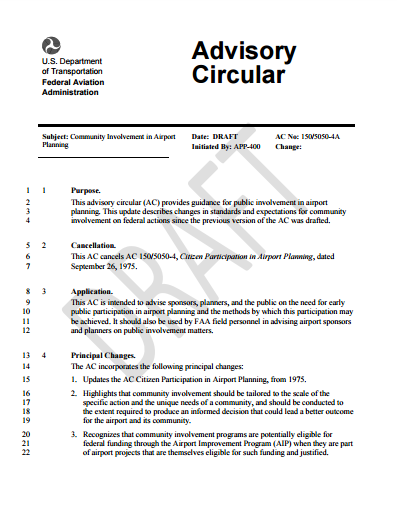National Environmental Policy Act (NEPA) – 42 U.S.C. §4321 et seq. (1969)
Abstract
The National Environmental Policy Act (NEPA) was signed into law on January 1, 1970, as one of the first laws ever written that established a national policy to protect the environment, created a Council on Environmental Quality (CEQ), and required that environmental evaluations be prepared for major federal actions having a significant effect on the environment. NEPA requires federal agencies to assess the environmental effects of their proposed actions prior to making decisions. The range of actions covered by NEPA is broad and includes:
- Making decisions on permit applications,
- Adopting federal land management actions, and
- Constructing highways and other publicly owned facilities.










